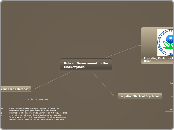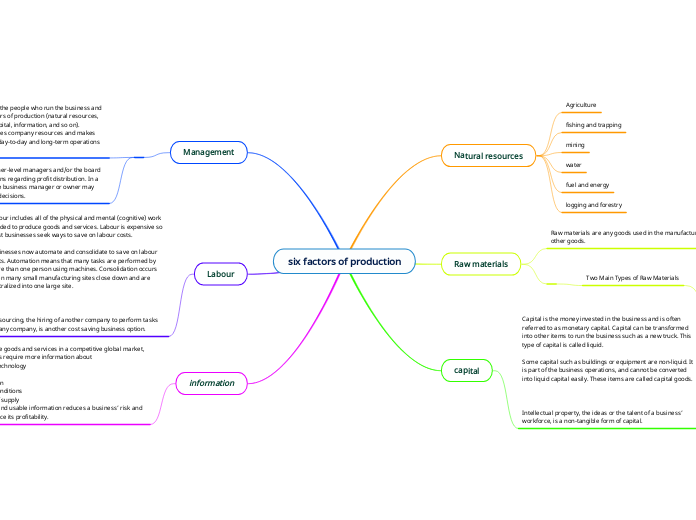a Celestino Cuade Oyé 4 éve
800
RELATIVE CLAUSES
Relative clauses are used to provide additional or essential information about a noun or to join sentences. They can be classified into defining and non-defining relative clauses. Defining relative clauses give essential information about the noun they follow, using pronouns like "









